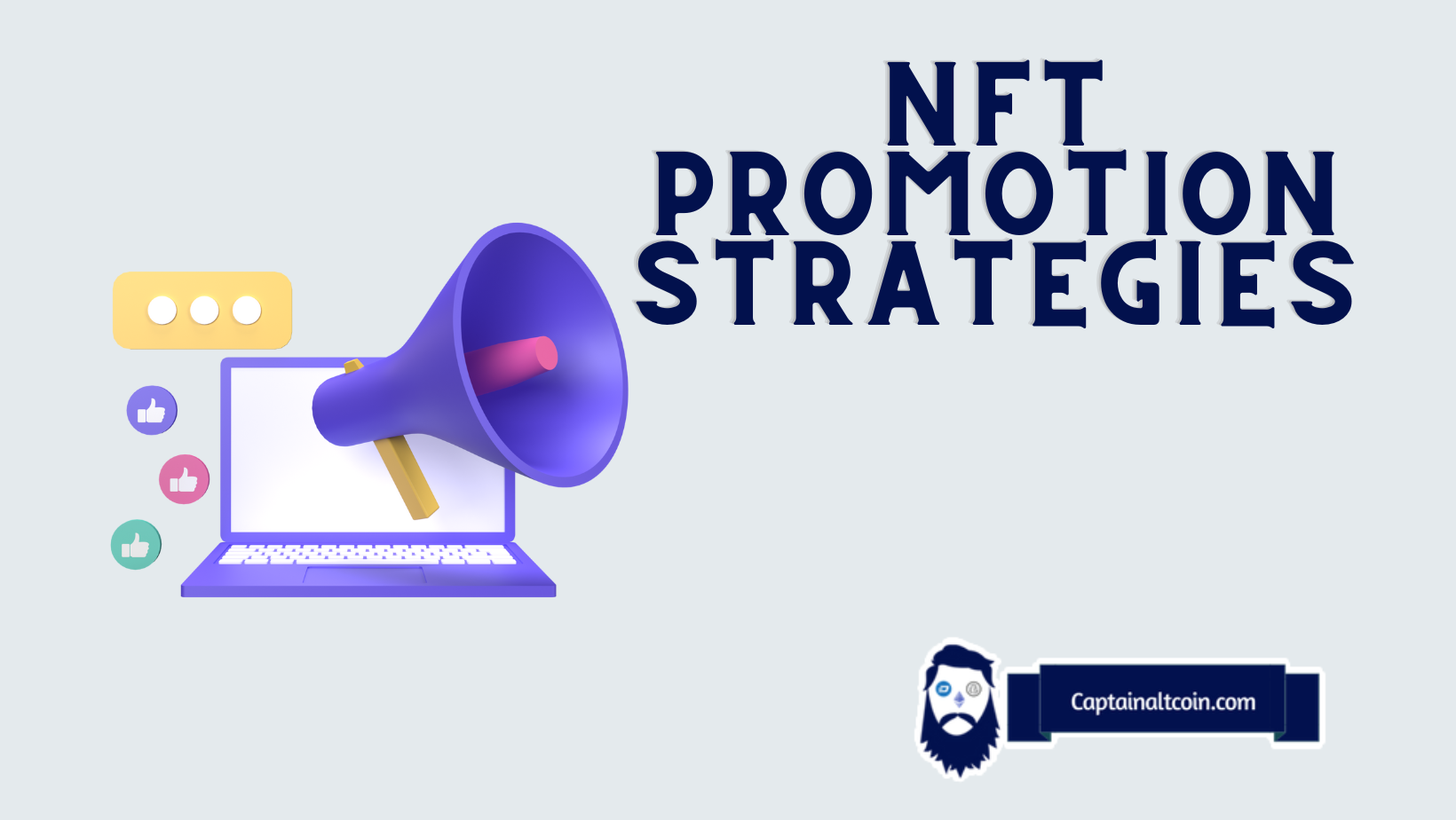Bitcoin Ordinals Custody Solutions would be better if they embraced Bitcoiner values

Join the most important conversation in crypto and web3! Secure your place today
Casey Rodamor’s Ordinal project has grown from a niche interest to an accelerating technology that has captured the attention of collectors and developers inside and outside of the Bitcoin world. Like them or hate them, Ordinals are experiencing – at least at the time of writing – hockey stick-like growth.
It is still early days for the project – the market has not yet even chosen an authoritative word between Bitcoin NFTs, Inscriptions and Ordinals, although I personally prefer Ordinals – although there are signs of approaching adoption.
Johann Sheafson is a fundamentally oriented cryptanalyst and commentator, you can follow him on Twitter @0xsheafson. This article is part of CoinDesk’s “Culture week.”
Case in point: Yuga Labs, the company that owns Bored Apes Yacht Club, CryptoPunks, Meebits, recently raised 735 BTC (~!$16.5 million) from its Ordinals-based “Twelvefold” auction. Putting aside cultural judgments about whether this is a great boon for Bitcoin or an example of selling out, it represents a meaningful patronizing event for Ordinals and validation of the category’s potential future growth.
Still, Bitcoin’s product stack (including infrastructure, tools, and platforms), which enables Ordinals to be collected and traded, is light years behind alt-ecosystems with mature non-fungible token (NFT) markets such as Ethereum and Solana.
For example: custody. For Ordinals collectors who have not spent time in existing NFT ecosystems, what follows is an early Ordinals collector’s view of the custody products available today and how they should evolve in the coming weeks and months.
Custody of Bitcoin NFTs today
Ordinals collectors today have a few main storage options:
-
A warm, open source local wallet (Ord code on Github and a full node, Sparrow)
-
A closed source web wallet (Ordswap.io, Ordinalswallet)
-
An open source cold wallet (Ledger + Sparrow)
The first option is suboptimal for the average Ordinals collector for the same reason it is suboptimal for the average bitcoin (BTC) holder. Most users don’t want to run full nodes, and Sparrow wallet — an excellent open source bitcoin wallet that gives power users fine-grained control and visibility — is too complicated to be adopted by the masses.
The third option – using a hardware wallet with Sparrow – provides the best “security without trust”, but, along with the first option, it suffers from being too difficult and accident-prone for non-experienced users to adopt.
See also: Bored Ape-Parent Yuga Lab’s next NFTs will live on the Bitcoin Blockchain / Web3
As is the case with NFT users from other chains, the average Bitcoin Ordinals collector will trade security for convenience, thus being drawn to option two: the worst option, and in my opinion, one we should actively discourage, as it undermines central Bitcoin value of self-storage.
Custody aside, two major problems with wallets today are the lack of a simple and secure user experience (UX) for the two most common expected user behaviors: transfer and transactions.
Exercise 1: Transfer of ordinals
Current wallets (outside of Ord, which requires running a full node, knowledge of Github, and command-line interaction) offer no or half-baked support for Ordinals. Many users have accidentally sent or burned valuable Ordinals by mixing them with their BTC in wallets that are not compatible with Ord.

The state of transmission of ordinals ux today
Exercise 2: Transaction with ordinals
So far, most of Ordinal’s purchases and sales have required expensive and reliable intermediaries such as third-party escrow services. Trustless transaction is table stake UX on smart contract based chains and should be on Bitcoin as well.
But why bother with degenerates with a left curve from alt chains? Because the majority of growth in Ordinals will either be driven by existing NFT users or be first-time Bitcoin or crypto users. I don’t think Ordinals (or Bitcoin for that matter) will get scaled growth from existing Bitcoin users alone.
Ordinals solutions should embrace bitcoins values
As Ordinals adoption (and Bitcoin and Bitcoin application adoption) grows, the marginal user will increasingly resemble the average NFT user from communities based around Ethereum or Solana. In my opinion, products designed for this user profile should promote three main goals: friendliness, self-sovereignty, and distrust.
Kindness
If you believe that all products should maximize control and customization at the expense of usability and cognitive friction, or that user security and protection are for the faint of heart not worth your coin/chain, we’re not going to agree. A good mass market escrow product should be designed for the lowest common denominator user: maximize usability and usability, minimize user error and cognitive friction.
Self-sovereignty
That said, I draw the line at not compromising our movement’s normative maxim of “not your coins, not your keys.” Admittedly, self-storage is difficult: People forget or lose passwords, seed phrases and private keys. But a product that provides for self-storage will help the permissive institutions we are trying to disrupt and perpetuate the problematic behavior patterns we are trying to reform.
Faithlessness
Finally, we must evolve beyond trading through trusted intermediaries such as escrow services and OTC [over-the-counter] brokers. Fortunately, well-adopted standards such as Partially Signed Bitcoin Transactions (PSBT, from BIP 174) have already been implemented by upcoming wallets and exchanges to achieve this goal.
Gold standard storage and interactive UX
In my opinion, the ideal Ordinal custody and interaction experience should include the following:
-
A cold hardware wallet that holds your keys (eg Ledger) – bonus if it’s off the grid (eg Foundation devices)
-
An open source browser wallet for interacting with apps like exchanges
-
Ordinal compatibility of (1) and (2) so that the average user does not need to run Ord
-
The ability to import view-only wallets from (1) to (2), required for:
-
An interaction flow that enables users to sign transactions (e.g. PSBTs) with the hardware wallet in (1) without revealing keys
This is, in theory, what using a hardware wallet with air holes would do:
-
Users who want to send or interact trigger a browser wallet.
-
The browser wallet generates a PSBT in the form of a QR code.
-
The user scans this QR code with their airhole hardware wallet.4. The hardware wallet generates a new QR code for a signed transaction.
-
The user scans the new QR code with the browser wallet.6. The browser wallet verifies that the transaction is valid and sends it to the Bitcoin network.
To gain wide adoption, the above should be wrapped in a user-friendly UX that minimizes user errors. (Hat tip to @bitcoinbeezy for helping me think through this flow.)
Mass adoption
I believe Ordinals (and the technology and social consensus that enable it) represent a historic turning point for Bitcoin that will catalyze the next stage of the network’s scaled adoption by masses of new users and applications.
See also: Bitcoin Ordinals can lift the entire crypto ecosystem / Meaning
As of this writing, teams shipping “next-gen” consumer wallets include Hiro (PSBT support but can’t transfer), Unisat (PSBT support but poor UX and can’t transfer), and Oyl (not launched yet). On the advanced user and enterprise side of the market, Casa, which currently supports Ordinals transfers but has a clunky UX, and Trident Wallet will soon support Ordinals.
I intend to support the teams promoting “gold standard UX” above.


![This Bitcoin [BTC] Mine survived the tide, but will you be able to This Bitcoin [BTC] Mine survived the tide, but will you be able to](https://www.cryptoproductivity.org/wp-content/uploads/2022/08/Untitled-design-96-1000x600.png)





















